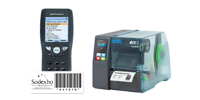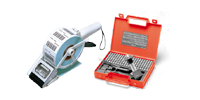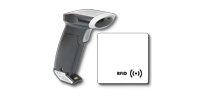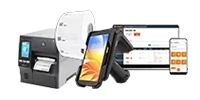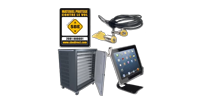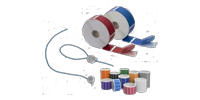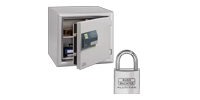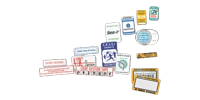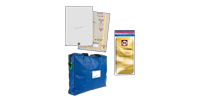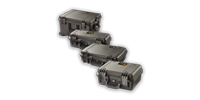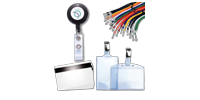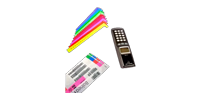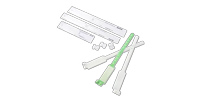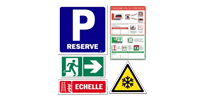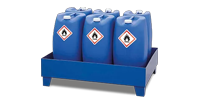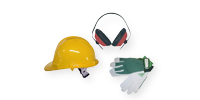Whether it’s in plain text, in the form of barcodes or QR codes, the variable numbering of your labels is the basis of the strategy for identifying your property. A few details here to facilitate your decisions about numbering and the success of your production.
Be precise in your specifications.
When ordering, we will ask you for the highest precision on the numbering you want, because your instructions will be followed very precisely. For example, please indicate if you want a space for thousands, a fixed number of positions with "0"… If there are one or more sequences, please specify for each of them its departure number AND its arrival number. Also specify the type of characters you want: fine, normal, thick, very thick.
Sequential numbering is always preferable.
Whether you are making labels for stock inventory, or business badges for your staff, each unit is of course numbered individually. The choice of numbering is sometimes sensitive and depends essentially on the management system that will manage these numbers later.
It is often tempting to give a directly legible meaning to these numbers (date, site, room, type of equipment….). However, assigning a meaningful number poses two major disadvantages for customized products:
First, you may not know in advance the totality of the numbers to be assigned, which requires you sometimes to print labels yourself with certain significant numbers or to write them manually, thus losing the benefit of letting us print the numbering with professional means or those with a barcode numbering. Indeed, the techniques we use to print numbers are proven over many years of customer experience and applications. In short, the numbering that we print ourselves will always be a much better quality, and will wear better over time.
Second, meaningful numbers make managing your inventory of labels or badges much more complex, especially in case of re-supply. You may have to run several stocks of different numbers, then you may run out from time to time, and reprinting very small series of customized products costs much more, see page: " SBE advises you/make a good estimate of the quantities you need"to learn more.
The most commonly adopted principle in these areas is to make labels or badges with a single series of sequential numbers, to abandon the idea of being able to interpret this number, and to leave to the management software the task of establishing correspondence between a number and its meaning: property, a computer configuration, a person…. When browsing through our site and the many examples of accomplishments that we have produced for our customers, look closely at the numbering, you will see that these are almost always simple numbers.
We can also print the most complex numbering.
However, if your management imperative involves allocating multiple series of sequential numbers, or very meaningful numbers with numbers and letters, we can of course achieve that. If it is a number of sequential series, even with letters, you simply need to indicate it when you order.
If these numbers are too different from each other, then the best is to provide us with a text file, a Word file, Excel…. that we can manage for a perfect printing of your labels. In this case, we need all the numbers to be in a single column, with a line return after each number.
About barcodes.
If your management is not yet done by barcode, the decision to make labels with barcodes might also be a delicate one. This is usually a bet on the future, where one day you or your successors will be thankful that the old equipment is already well identified with barcodes. Among our customers, many people are making barcodes in this spirit, without immediate use.
It should also be noted that a barcode is only the coded translation of a simple number, designed to automate the reading of this number, thus eliminating manual input and any risk of error. Managing goods with a barcode only becomes beneficial from 500 units. Below that, the costs of implementing the system become significant and less justifiable.
If you have opted for barcode printing, we can print all kinds of barcodes, but the most common is code 39, which is alphanumeric (it can contain both numbers and letters). It is this barcode that we print by default if nothing is specified. The 2/5 interleaved is also very common (and very old) but can only code numbers. These barcodes are widely used and can be read by all readers on the market.
Each barcode is printed with its translation in plain text, usually below, but we can include the number in very thick characters at any other place on the surface.

